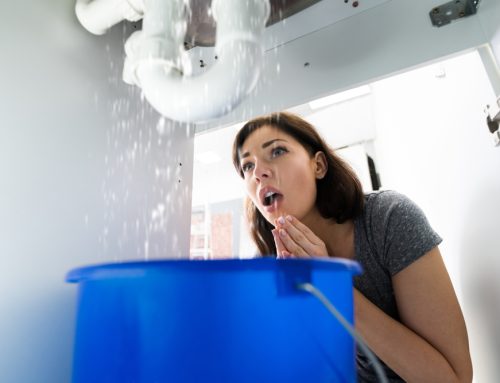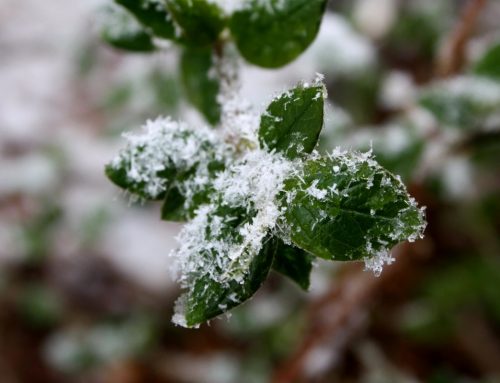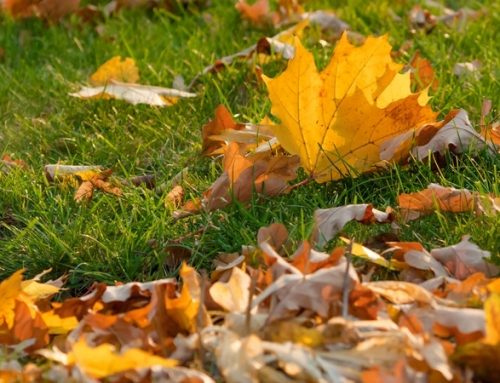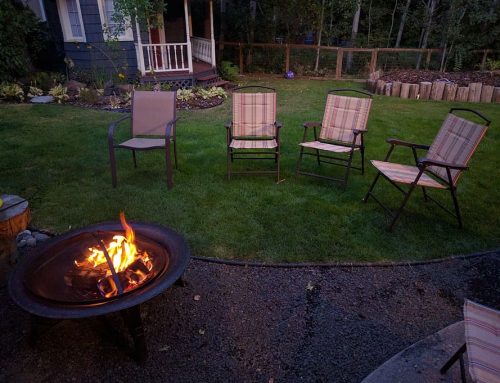Winter is here, whether you’re prepared or not. Depending on where you live, you may have already noticed a change in temperature. As the hot summer days give way to cooler autumn temperatures, now is a good time to start thinking about how to prepare for the upcoming cold months, especially as extreme weather events become more widespread around the world.
While it may take some effort to prepare your home for the winter, many of the most effective steps are simple and free. Create a winter home maintenance checklist with these home maintenance recommendations so you can spend those cold days warm and toasty.
1. Look for any leaks or drafts.
Leaks and drafts in walls, doors, and windows can hinder effective heating and raise energy expenditures. If your energy provider does not offer a home energy audit, you can do one yourself. Here are a few options for preventing leaks and drafts:
- Around movable doors and windows, use caulk, foam, or weatherstripping.
- To shut up windows you won’t be using, use bubble wrap or a window insulator kit.
- To prevent heat loss at the main entry, install a storm door.
- Insulate your attic to avoid heat loss through the ceiling.
- Replace any poorly insulated wood doors with an Energy Star-rated steel or fiberglass door.
- Wrap insulation around mail slots and pet doors.
2. Have your chimney checked out.
Have your chimney or flue inspected and cleaned by a professional before using your fireplace or wood stove for warmth. Chimney fires, which account for hundreds of residential fires each year, can be avoided by taking this step. Carbon monoxide poisoning can also be caused by a blocked chimney or flue. Make sure your smoke and carbon monoxide detectors have new batteries.
You could lose precious heat through an open fireplace if you have a nonworking or decorative fireplace. Investing in a chimney balloon can keep the heat in and keep the chilly winter air out. If you want to start a fire later, make sure to remove it.
3. Have your furnace checked out.
Just like a chimney, you should have your furnace inspected once a year. If your furnace isn’t working properly, an early examination can help you buy a new one before the cold weather arrives. You should also think about hiring someone to clean your air ducts or doing it yourself. To keep your furnace in good working order, make sure you change your furnace filters on a regular basis.
4. Cover all unprotected surfaces.
Although laminate, wood, and tile flooring are attractive, they can cause heat loss in the winter. Consider placing rugs or installing carpet over your bare floors as part of your winter home maintenance checklist to keep your feet comfortable and reduce heat loss.
5. Prepare for winter storms.
Pay attention to the weather forecast so you can prepare in advance if a winter storm is on the way. Keep your home and car emergency kits on hand at all times, and make sure your car is up to date on maintenance and has a full tank of petrol in case you need to leave.
If you don’t already own a portable generator, now is a good time to get one. Generators can keep your house warm until the power provider is able to restore power.
6. Invest in a thermometer that is simple to read.
A large, easy-to-read thermometer in a prominent area inside the home is always a smart suggestion for the elders in your life. Older people may not be able to detect temperature fluctuations as easily as younger people, which can lead to major health problems, particularly if they live alone. Having a thermometer and measuring the temperature on a regular basis can assist them in determining when to bundle up or if the residence has a possible heat loss problem.
7. Allow the radiators to cool.
If you have radiator heating in your house, clearing the space surrounding your radiator can prevent bulky furniture from absorbing the heat intended for your family. You can also reduce heat loss through an exterior wall by placing aluminum foil behind the radiator and reflecting the heat back into the room. A floating shelf strategically positioned above the radiator can also prevent hot air from rising too quickly to the ceiling. Just make sure nothing is placed directly on the radiator.
8. Snow and showers are expected.
Cold weather may be harsh on your home, and you don’t want to spend time cleaning and repairing it once the season is through. Rather, add some basic winter home maintenance to your to-do list and finish it well before the cold sets in.
- Protect any exposed pipes in your attic and basement from exploding by insulating them.
- Check to see whether your sump pump is working properly and if the external drain is clogged.
- To avoid condensation, which can lead to mold or mildew, properly insulate walls and ceilings.
- Keep your gutters clear of debris, ice, and snow, which can cause your gutters to collapse and harm your roof.
- Turn off the outdoor water faucets and pipes, drain the water lines, and insulate.
9. Low-hanging branches should be tended to.
Trees in your yard can cause serious harm to your property and even knock out your power. After a storm, the weight of snow can snap limbs or knock the entire tree down on your house or power lines. Have the tree’s health assessed before it snows, and remove any dead limbs or those that could cause major damage if they fell.






Really appreciate this blog. Great content and lots of information.
I would say that this content is really really helpful. Great post!
Great tips. Thank you!